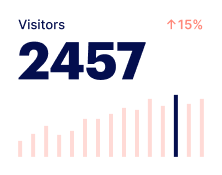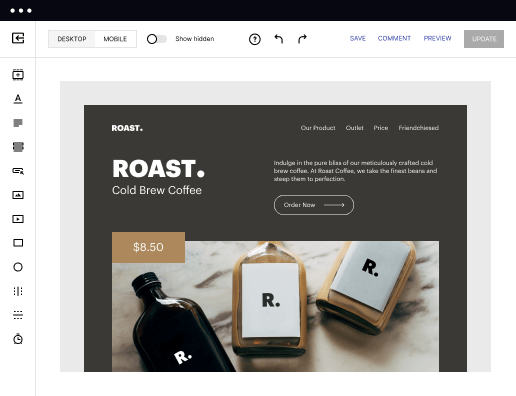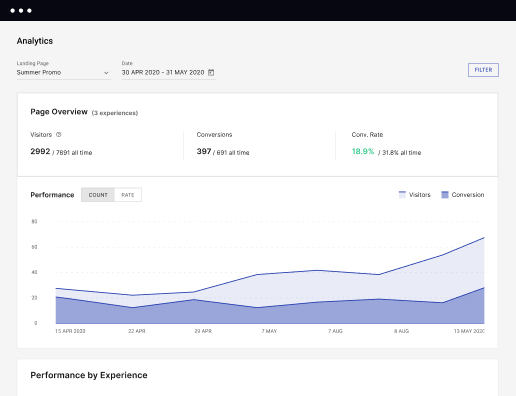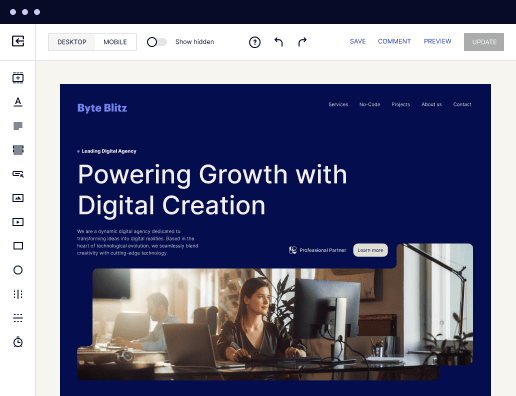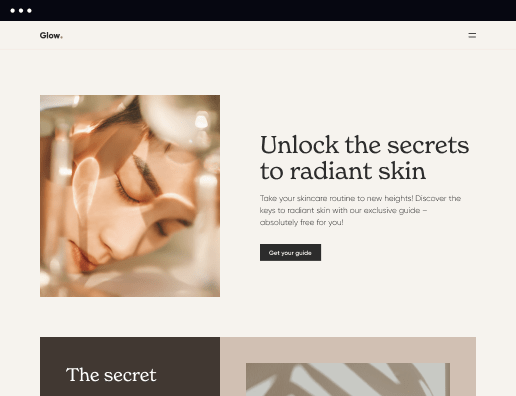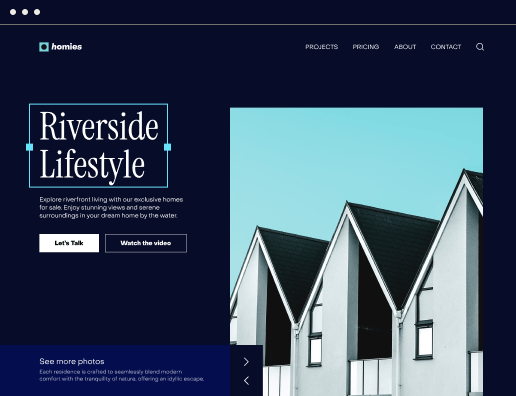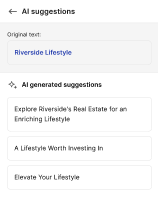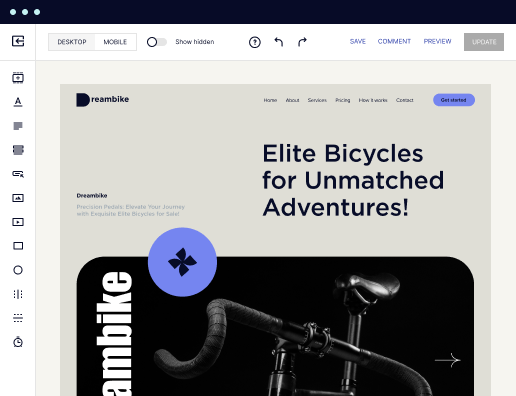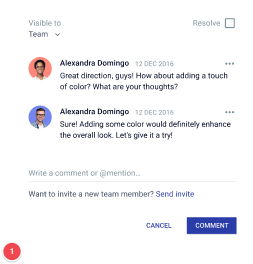Make your 403 forbidden page optimized for Desktop computer
Instapage empowers you to slash costs, skyrocket conversions, and deliver tailored experiences on Desktop computer.
Create a compelling 403 forbidden page on your desktop with Instapage
Designing an effective 403 forbidden page is crucial for maintaining user trust and improving your brand reputation. With Instapage, marketers can easily build and customize landing pages that guide users even when they encounter access issues. This guide will walk you through the steps to create an efficient 403 forbidden page on a desktop, leveraging Instapage's powerful capabilities.
Understanding the significance of a 403 forbidden page
A 403 forbidden page alerts users they cannot access certain content, which can be frustrating. However, using this as an opportunity to provide valuable information or redirect visitors can transform a negative experience into a positive one. You can effectively manage this situation with Instapage by embedding key features such as user-friendly layouts, clear navigation, and relevant CTAs.
- Maintain brand consistency: Ensure the design of your 403 page matches your brand so that users feel reassured.
- Provide alternative actions: Offer links to help users find relevant content or contact customer service for assistance.
- Collect user feedback: Incorporate a form or chat feature to gather insights and support your users' needs.
Step 1: Choose a suitable template
Begin your process with Instapage by selecting a template that best represents your brand's voice. You can choose from over 100 conversion-focused layouts specifically designed for creating engaging landing pages. This simplifies the template selection process for your 403 forbidden page.
Step 2: Customize the content
After selecting your template, the next step is to customize the content effectively. Utilize dynamic text replacement to personalize messages based on the user's previous interactions, fostering a connection with your audience.
- Use a friendly tone: Address users directly, acknowledging their confusion and offering help.
- Include essential information: Mention why the access is forbidden and suggest alternative resources.
- Highlight navigation options: Clearly indicate where users can go next to enhance their experience.
Step 3: Optimize for conversions
Finally, optimize your 403 forbidden page to minimize the impact of loss in traffic. Leverage Instapage’s built-in experimentation tools, including A/B testing and heatmaps, to analyze user behavior and make strategic adjustments as necessary.
- A/B test different copy variations: Analyze which messages resonate best with your audience.
- Monitor heatmaps: Use heatmap analytics to see where users click, adjusting navigation accordingly.
- Assess performance metrics: Regularly track visitor interaction to ensure your 403 page aligns with user expectations.
By following these steps, you can turn a disappointing 403 error into an engaging experience that keeps users connected to your brand.
Get started with Instapage today and empower your marketing team to create effective landing pages, including seamless 403 forbidden pages, that convert visitors into loyal customers.
Get more out of Make your 403 forbidden page on Desktop computer
Improve your Quality Score with quick load technology for landing pages
Increase conversions with content that aligns with your ads and audiences
Achieve maximum ROI by scaling your marketing initiatives
Leading the way in building high-performing landing pages





FAQs
See how to make your 403 forbidden page on desktop computer in action
Ready to skyrocket conversions?
Supercharge your ad campaigns with high-performing landing pages.
Get started
